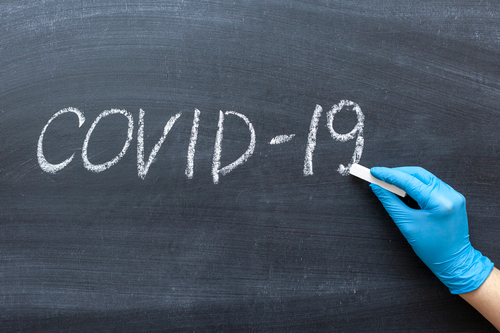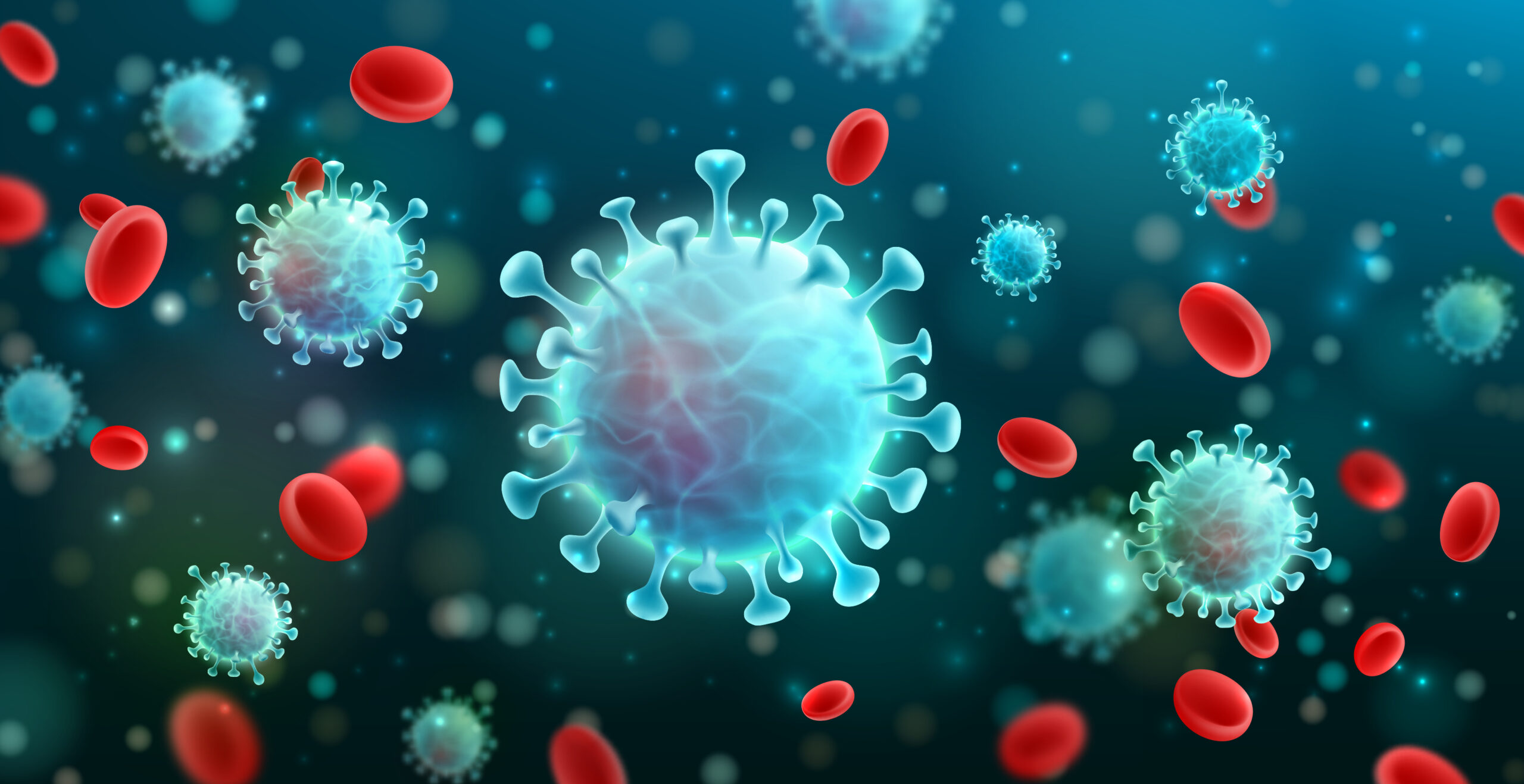Risk of mortality among adults on dialysis who are infected with SARS-CoV-2 is higher than that among adults not receiving dialysis. The majority of clinical trials of patients with SARS-CoV-2 infection have not included patients with end-stage kidney disease (ESKD); in patients in that population, the efficacy of SARS-CoV-2 vaccines is assessed using immunogenicity.
To date, there have been few systematic reviews of the immunogenicity rates of patients receiving dialysis. Ja-Jen Chen, MD, and colleagues conducted a systematic review and meta-analysis to investigate immunogenicity rates among patients with ESKD following receipt of SARS-CoV-2 vaccines. The study also examined potential risk factors for vaccine nonresponse and significant differences in antibody response rates between adults receiving dialysis and those not receiving dialysis. Results were reported online in JAMA Network Open [doi:10.1001/jamanetworkopen.2021.31749].
The search included the PubMed, Embase, and Medline databases. The researchers searched for relevant articles published between January 1, 2020, and July 30, 2021. Keywords used to retrieve preprint articles from the medRxiv server included dialysis, end-stage renal disease, SARS-CoV-2 vaccine, ChAdOx1 nCoV-19, Oxford-AstraZeneca, mRNA vaccines, BNT162b2, and mRNA-1273.
Inclusion criteria were studies on patients with ESKD receiving hemodialysis or peritoneal dialysis, adult populations and those that reported postvaccination antibody response rates. The search was limited to clinical trials, letters, commentaries, and preprint articles published in English after 2019.
The primary outcome of interest was postvaccination immunogenicity rates among patients with ESKD. The secondary outcome was the immunogenicity rates of patients with ESKD receiving dialysis compared with those of people without ESKD, not receiving dialysis.
A total of 669 potentially eligible studies were identified. Following exclusion of irrelevant studies and those not addressing the outcome of interest or those only based on ESKD with kidney transplant population, the final meta-analysis included 32 studies, including six preprint articles.
The 32 studies represented 4917 participants, and four vaccines were administered (JNJ-78436735 [Janssen], mRNA-1273 [Moderna], BNT162b2 (Pfizer-BioNTech], and AZD1222 [AstraZeneca]). Most of the participants received the BNT162b2 vaccine. None of the participants received a mixture of different SARS-CoV-2 vaccines.
The six preprint articles from the medRxiv server and another five from enrolled studies only reported the immunogenicity rates of patients receiving dialysis who did not complete vaccination protocol (e.g., only received one dose of the BNT162b2 vaccine). Other articles reported an antibody response after the second dose with or without reporting the response rate after the first dose. Three studies included immunogenicity rates following the booster shot.
Mean age of participants ranged from 60.5 years to 76 years. The predominant dialysis modality was hemodialysis. Five studies included patients receiving a mix of hemodialysis and peritoneal dialysis, and one study enrolled patients only receiving peritoneal dialysis. Mean dialysis vintage ranged from 1.7 years to 7 years. All included studies had a low-to-moderate risk of bias.
Results of the meta-analysis demonstrated that the overall immunogenicity rate in patients receiving dialysis was 86% (95% confidence interval [CI], 81%-89%), with high heterogeneity (I2=90.6%).
A second meta-analysis was performed to assess whether there was a significant difference in antibody response rate between patients receiving dialysis and individuals not receiving dialysis (control). Immunogenicity rates in the dialysis group after both the first and second dose were significantly lower than in the control group (relative risk [RR], 0.61; 95% CI, 0.47-0.79; I2=70.2% and RR, 0.88; 95% CI, 0.82-0.93; I2=72.2%, respectively). The lower response rate of patients in the dialysis group relative to those in the control group was less apparent in the second dose than that in the first dose (P=.007).
Results of a sensitivity analysis that excluded the preprinted and unpublished articles were highly consistent with the primary analysis results; the pooled immunogenicity rate was 85% (95% CI, 79%-90%), with high heterogeneity (I2=89.8%).
To identify the potential source of heterogeneity, subgroup analysis was performed. The antibody response rate was lowest in patients lacking complete vaccination protocols and was highest in those with third booster vaccine protocols. The postvaccination immune rate of participants with a history of SARS-CoV-2 infection was significantly higher than that of participants without prior SARS-CoV-2 infection. There was no significant difference in response rate between those receiving hemodialysis and those receiving peritoneal dialysis.
There was significant correlation between a higher prevalence of diabetes and a lower immune response rate. There were no significant associations between mean age, proportion of women, dialysis vintage, and response rate.
The researchers cited some limitations to the study findings, including measuring vaccination efficacy based on the immuobridging approach that relies on humoral immunity.
In conclusion, the authors said, “This systematic review and meta-analysis found that patients with ESKD had a pooled postvaccine immune response rate of 86%. Compared with the nondialysis group, patients receiving dialysis had a lower probability of producing an antibody response after receiving the first dose and the second dose of a COVID-19 vaccine. Furthermore, this difference between nondialysis and dialysis populations became statistically smaller after the second dose. Scheduling the second vaccine dose without delay might be preferable in patients receiving dialysis. Prevalence of diabetes had an inverse linear association with the immune response rate. Further investigations of immune response and side effects of SARS-CoV-2 vaccines in patients receiving dialysis, as well as the benefits and real world clinical efficacy of different vaccine protocols, different types of vaccine, are warranted.”
Takeaway Points
- Researchers conducted a systematic review and meta-analysis to examine the immune response after SARS-CoV-2 vaccination of people receiving dialysis. The review included 32 studies.
- In the dialysis group, the overall response rate was 86%. The response rate after the first and second vaccine doses was lower in the dialysis group than that in the non-dialysis group.
- The prevalence of diabetes had an inverse linear association with immunogenicity rate.






 © 2025 Mashup Media, LLC, a Formedics Property. All Rights Reserved.
© 2025 Mashup Media, LLC, a Formedics Property. All Rights Reserved.